-

Dextranase from paecilomyces lilacinus CAS:9025-70-1
Dextranase from Paecilomyces lilacinus is an enzyme produced by the fungus Paecilomyces lilacinus. Dextranase is responsible for the hydrolysis of dextran, a complex carbohydrate composed of glucose molecules linked together.
The enzyme dextranase breaks down the dextran polymer into smaller, more easily metabolized sugar molecules. This ability to break down dextran makes dextranase useful in various industries and applications.
In the food industry, dextranase is used to improve the quality and shelf life of certain food products. It can be used to prevent the formation of undesirable textures, such as slimy or viscous textures, caused by dextran in food products. By breaking down dextran, dextranase helps to maintain the desired texture and enhances the overall quality of the food.
-
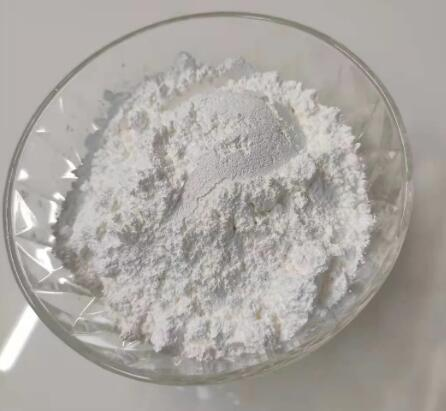
Beta-Amylase CAS:9000-91-3 Manufacturer Price
Beta-amylase is an enzyme that plays a crucial role in carbohydrate metabolism, specifically in the breakdown or hydrolysis of starch molecules. It catalyzes the cleavage of α-1,4-glycosidic bonds in the starch, releasing maltose and a smaller unit called a limit dextrin.
This enzyme is produced in various organisms, including plants, bacteria, and fungi, and is commonly used in industries such as brewing, baking, and biofuel production.
In brewing, beta-amylase plays a vital role in the conversion of starches in malted grains to fermentable sugars during the mashing process, contributing to the production of alcohol by yeast. In baking, it helps to break down starches into sugars, contributing to the browning and flavor development of the baked goods. In biofuel production, beta-amylase is utilized in the hydrolysis of starch-based biomass to obtain fermentable sugars used for ethanol production.
-
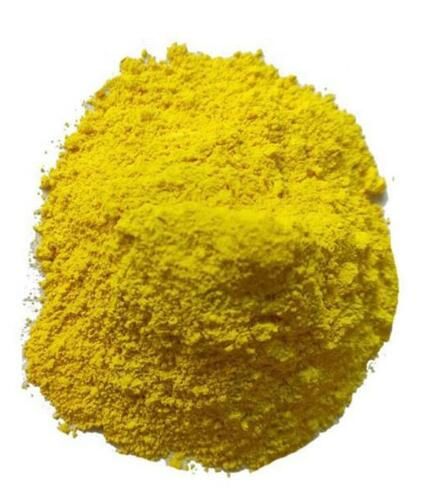
BROMELAIN FROM PINEAPPLE STEM CAS:37189-34-7
Bromelain is a mixture of enzymes derived from the stem of the pineapple plant (Ananas comosus). It is primarily composed of proteases, which are enzymes that break down proteins. Bromelain has been used for centuries in traditional medicine as a natural remedy for various health conditions.
Due to its protein-digesting properties, bromelain is often used as a digestive aid, helping to improve the breakdown and absorption of proteins in the digestive system. It has also been studied for its anti-inflammatory effects and potential benefits for reducing swelling, bruising, and pain.
In addition to its digestive and anti-inflammatory properties, bromelain has been investigated for its potential in various other therapeutic applications, including wound healing, immune system support, and respiratory health.
-
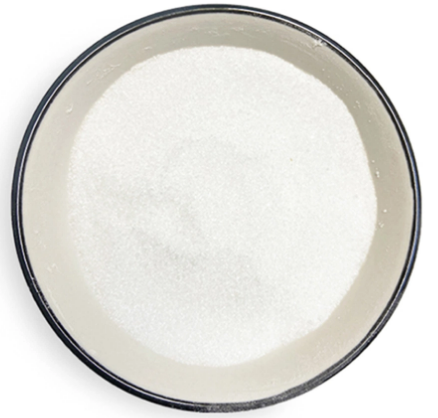
Calpain Inhibitor IV CAS:133407-82-6
Calpain Inhibitor IV is a type of drug that specifically targets and inhibits the activity of the enzyme calpain. Calpain is a calcium-dependent protease enzyme that plays a role in various cellular processes, including cell signaling, apoptosis, and cytoskeletal remodeling.
By inhibiting calpain, Calpain Inhibitor IV helps prevent the excessive and uncontrolled activation of this enzyme, which can lead to cellular damage and dysfunction. This inhibition can be beneficial in conditions where calpain overactivity is implicated, such as neurodegenerative disorders like Alzheimer’s and Parkinson’s diseases, ischemic injury, or muscle degeneration conditions.
-
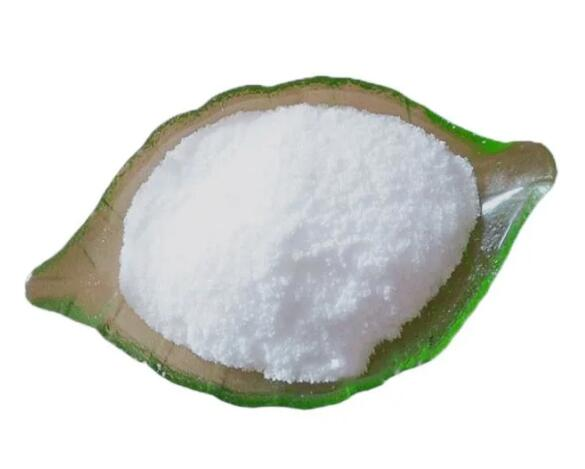
Carboxypeptidase B CAS:9025-24-5
Carboxypeptidase B is an enzyme that plays a crucial role in protein digestion and metabolism. Specifically, it catalyzes the hydrolysis of peptide bonds at the C-terminal end of proteins, resulting in the removal of individual amino acids.
Carboxypeptidase B is highly specific for basic amino acids, such as lysine and arginine, and is particularly effective in cleaving these residues. It is commonly found in pancreatic secretions and is involved in the final stage of protein digestion in the small intestine.
This enzyme is also utilized in various laboratory applications, including protein sequencing, peptide synthesis, and protein analysis. The ability of carboxypeptidase B to specifically cleave the C-terminal amino acids of proteins makes it a valuable tool for studying protein structure and function.
-
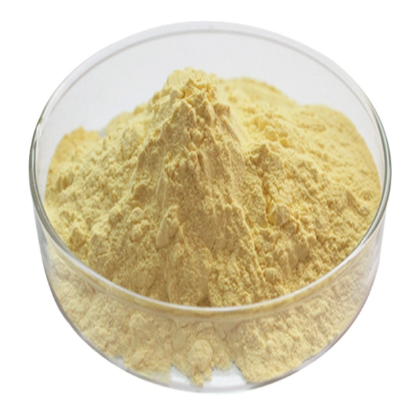
1,4-β-D-Xylanxylanohydrolase CAS:37278-89-0
1,4-β-D-Xylanxylanohydrolase, also known as xylanase, is an enzyme that catalyzes the hydrolysis of the β-1,4-xylosidic linkages in xylan, a complex polysaccharide found in the cell walls of plants and some microorganisms. This enzyme breaks down xylan into smaller fragments, such as xylo-oligosaccharides and xylose, which can be further utilized by microorganisms or used in various industrial applications.
Xylanases are commonly produced by microorganisms, including bacteria and fungi, and are also found in the digestive tracts of certain animals. They play a key role in the degradation of plant cell wall components, allowing microorganisms to access and utilize xylan as a carbon source.
-
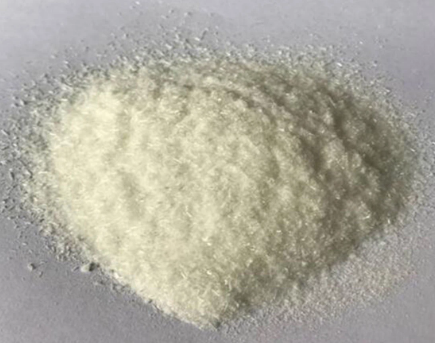
5-Nitro-1,10-phenanthroline CAS:4199-88-6
5-Nitro-1,10-phenanthroline is a chemical compound with the molecular formula C12H6N4O2. It belongs to the family of phenanthroline derivatives and contains a nitro group (-NO2) attached to the 5-position of the phenanthroline ring system.
This compound is known for its ability to form stable complexes with metal ions, particularly transition metal ions. The nitro group enhances its complexation properties and makes it useful in various applications such as analytical chemistry, catalysis, and coordination chemistry.
5-Nitro-1,10-phenanthroline has been utilized as a chelator, meaning it forms stable bonds with metal ions by donating lone pairs of electrons. This allows for precise control and manipulation of metal-ion coordination environments.
-
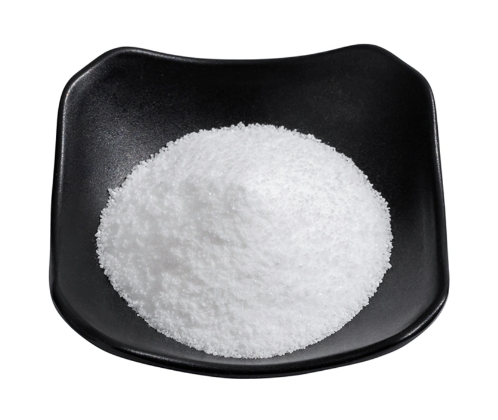
Acetyl coenzyme A sodium salt CAS:102029-73-2
Acetyl coenzyme A (acetyl-CoA) sodium salt is a synthetic derivative of acetyl-CoA. It is typically used in laboratory research and biochemical studies.
The main application of acetyl-CoA sodium salt is in cellular metabolism studies, particularly in investigating the role of acetyl-CoA in various metabolic pathways. Acetyl-CoA serves as a precursor for the synthesis of fatty acids, cholesterol, and ketone bodies, as well as playing a critical role in energy production through the citric acid cycle (also known as the Krebs cycle).
Additionally, acetyl-CoA is involved in the acetylation of proteins, DNA, and histones, which can affect gene expression and chromatin remodeling. Therefore, acetyl-CoA sodium salt can be used in studies focusing on these epigenetic modifications and their impact on cell function.
-
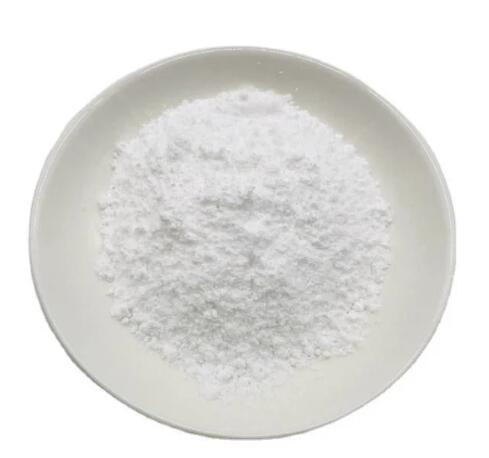
Puromycin dihydrochloride CAS:58-58-2 Manufacturer Price
Puromycin dihydrochloride is a potent antibiotic that is commonly used in molecular biology and cell biology research. It inhibits protein synthesis by causing premature termination of protein synthesis during translation. Puromycin is effective against both prokaryotic and eukaryotic cells and is particularly useful for selection and isolation of cells that have been genetically modified or transfected with a puromycin resistance gene. It is typically used in laboratory settings to study gene expression, protein synthesis, and to generate stable cell lines with specific genetic modifications.
-
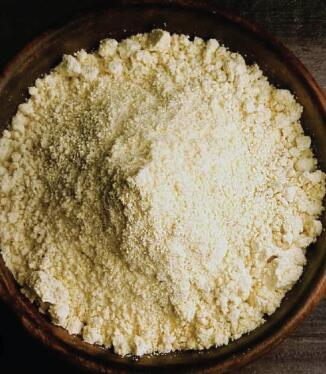
Acetylcholinesterase CAS:9000-81-1
Anticholinesterases are a class of drugs or chemicals that inhibit the activity of the enzyme acetylcholinesterase. Acetylcholinesterase is responsible for breaking down the neurotransmitter acetylcholine in the body. By inhibiting this enzyme, anticholinesterases increase the levels of acetylcholine, leading to increased cholinergic activity in the central and peripheral nervous systems.
The main therapeutic use of anticholinesterases is in the treatment of neurological disorders such as Alzheimer’s disease and myasthenia gravis. In Alzheimer’s disease, these drugs aim to enhance cholinergic neurotransmission and potentially slow down cognitive decline. In myasthenia gravis, anticholinesterases help improve neuromuscular transmission and muscle strength.
Other uses of anticholinesterases include the diagnosis and treatment of anticholinergic poisoning, specifically from certain insecticides or nerve agents. These substances can cause excessive stimulation of the muscarinic and nicotinic receptors, leading to symptoms like muscle weakness, tremors, and respiratory distress. Anticholinesterases can reverse these effects by increasing acetylcholine levels and competition with the toxic substances.
-

Rapamycin from Streptomyces hygroscopicus CAS:53123-88-9
Rapamycin is a naturally occurring compound isolated from the bacterium Streptomyces hygroscopicus. It has a wide range of biological activities and is primarily known for its immunosuppressive and anti-cancer properties.
Originally discovered as an antifungal agent, rapamycin has since been found to possess potent immunosuppressive properties, making it valuable in organ transplantation to prevent rejection. It does this by inhibiting the activation and proliferation of T-cells, a key component of the immune response.
Additionally, rapamycin has shown promising results in the treatment of various cancers. It works by inhibiting a protein called mTOR (mammalian target of rapamycin), which plays a critical role in cell growth and division. By blocking mTOR, rapamycin helps to control the unregulated growth of cancer cells.
-

Acylase from Aspergillus genus CAS:9012-37-7
Acylase is an enzyme produced by various species from the Aspergillus genus, including Aspergillus oryzae and Aspergillus niger. This enzyme belongs to the family of hydrolases and is involved in the hydrolysis of acyl compounds.
Acylases play an important role in various biochemical processes, particularly in the metabolism of organic compounds. They catalyze the cleavage of acyl groups from a substrate, often using water as a co-reactant. This enzymatic reaction is known as acyl hydrolysis.
Acylases from Aspergillus genus have been extensively studied and utilized in biotechnological applications. They have shown significant potential in the production of various valuable compounds such as amino acids, antibiotics, and other pharmaceutical intermediates.

